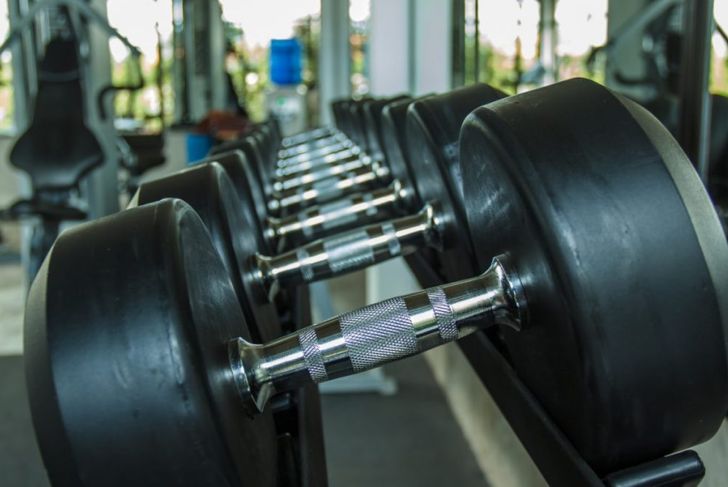Hypertrophy training involves the building of new muscle and can be broken down into a few different methods. The practice is utilized by most athletes at some point in their training, but for hypertrophy training to be practical, you must know how to support it. Certain diet and lifestyle habits must be undertaken to properly support hypertrophy. The practice is not just for athletes, though; hypertrophy training can help alleviate health ailments, as well.
What is Hypertrophy?
Hypertrophy is the process of new muscle tissue development. Muscle hypertrophy is a crucial training process for every athlete and weightlifter. There are two forms of hypertrophy: sarcoplasmic hypertrophy and myofibril hypertrophy. Both types play a critical role in building muscle.
Sarcoplasmic Hypertrophy
Sarcoplasmic hypertrophy occurs within the sarcoplasm of the muscle cell when the volume of sarcoplasmic fluid increases. When this happens, more space is available, and the muscle can increase in size. This form of hypertrophy adds to the muscle volume but does not grow muscle fibers.
Myofibril Hypertrophy
Unlike sarcoplasmic hypertrophy, myofibril hypertrophy results in increased muscle fiber growth and strength capabilities. However, myofibril hypertrophy does not necessarily increase the visible size of the muscle in the way sarcoplasmic hypertrophy does. A combination of the two forms will help give you strength as well as the appearance of muscle gain.
Benefits of Hypertrophy
There are several benefits to hypertrophy training, both sarcoplasmic and myofibril: more muscle, better injury resilience, higher strength, and greater capabilities. While there are distinct differences between the two types of hypertrophy, these benefits generally apply to both types.
More Muscle
Hypertrophy training can increase muscle fiber growth and visible size. Working out in this manner can also increase your strength and power output abilities. Most athletes have a period of hypertrophy training. Whether their goal is to be stronger or to have a more muscular appearance, hypertrophy training will be beneficial.
Better Injury Resilience
Hypertrophy training not only helps build muscle but also resist injury. Stronger muscles and increased blood flow allow athletes to perform more rigorous training without injury. Proper circulation is vital for everyone. Blocked blood flow is a cause of many health ailments, and hypertrophy training can help.
Greater Strength and Power Capabilities
As previously discussed, myofibril hypertrophy is responsible for increasing muscle fiber growth and strength potential while sarcoplasmic focuses on muscle appearance. Building muscle fiber growth allows athletes to set themselves up for increased training demands. The building of muscle fiber growth will let you move from the five-pound weights to the ten!
How to Support Hypertrophy
There are two essential components necessary for the growth of muscles, or hypertrophy: stimulation and repair. Stimulation occurs during the contraction of the tissue, or during the actual exercising of the muscle. Repeated contraction during a workout causes damage to the muscle fibers. Once damaged, these fibers are ready to be repaired. Muscle growth occurs during the repair, after the exercise, while the muscles are in resting mode.
Get Enough Sleep
Having at least eight hours of good rest each night is important for everyone. The muscle repair process occurs after the workout and mainly takes place when you are sleeping. It’s critical that you get enough sleep, preferably at least eight hours for optimal repair and growth. This will ensure your muscles are repaired and can recover properly.
Eat Enough Calories
To build muscle, not only do you need adequate sleep, but you also need sufficient calories. Not eating enough protein and carbohydrates limits the amount of muscle your body will build. It’s essential for your body to have the proper nutrients to function efficiently and repair the muscle fibers. Talk to a personal trainer, nutritionist, or doctor about increasing your caloric intake if you’re looking to build muscle.

 Home
Home Health
Health Diet & Nutrition
Diet & Nutrition Living Well
Living Well More
More




















